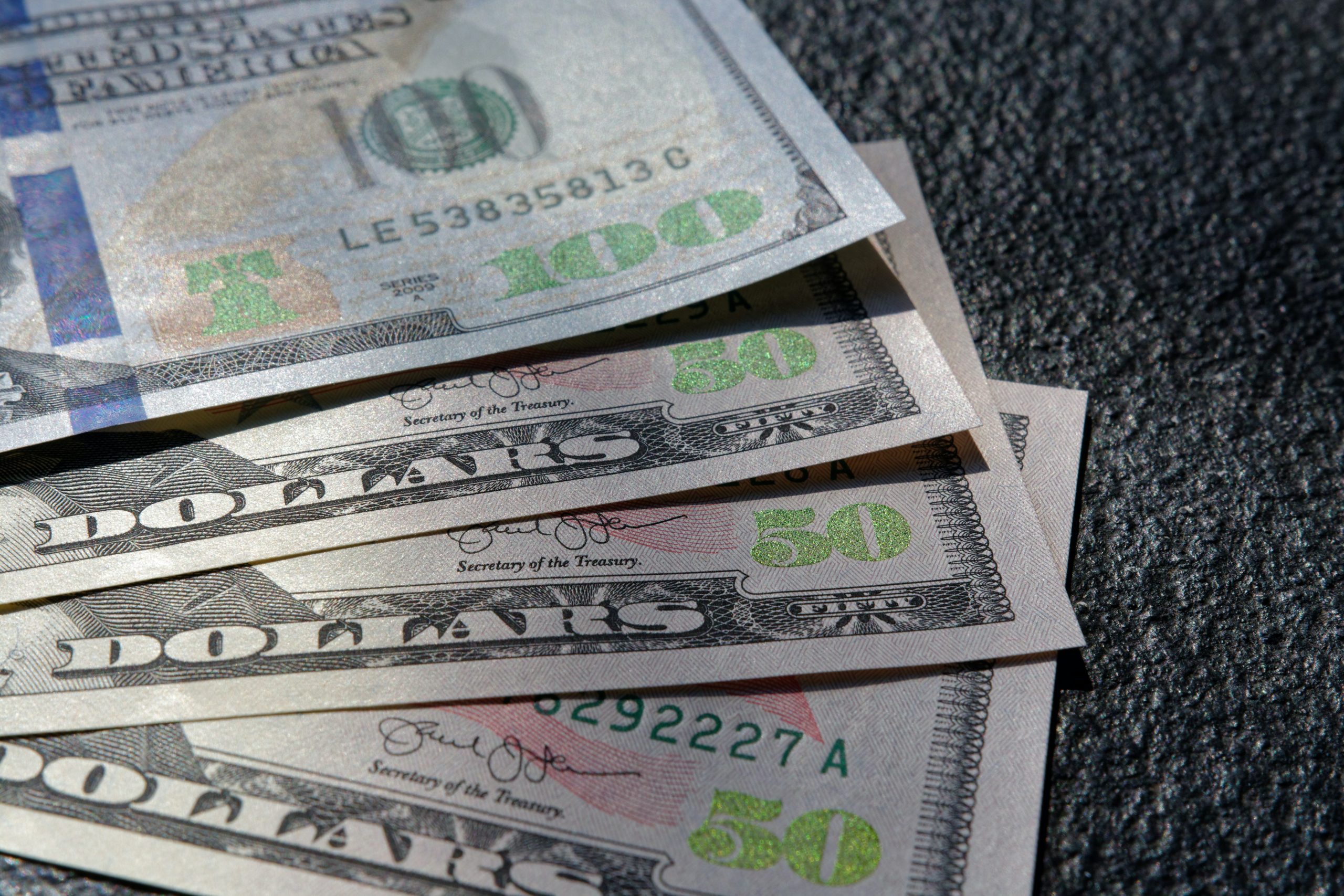
Redeeming Points for Cash
Through the years, I’ve been a fan of cashing out points, up to present day. The three credit card heavyweights – Amex, Chase, and Citi – all offer options for redeeming points for cash. But the commonalities pretty much end there. Redeeming points for cash with each card issuer involves varying levels of value, simplicity, and cost. I’m primarily focusing on that last one today. What’s the dollars-and-cents cost of optimally cashing out points with the major card issuers? Let’s see.
Note: Many naturally prefer redeeming points and miles for travel, hopefully aligning with their goals. That’s great! This article is for those who prefer (or are considering) solid, everyday value by redeeming points for cash. Also, I’m not incorporating the effects of credit card signup bonuses or ongoing benefits on the below costs. I’m focusing on costs for each optimal method long-term, which decreases the impact of any single signup bonus. The value of benefits highly varies based on the individual. Make your own tweaks as you deem appropriate.
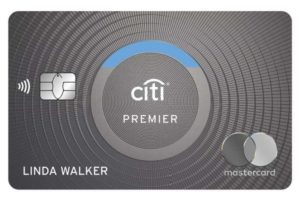
Citi
I’ll start with Citi, who offers probably the most accessible, straightforward cashout mechanism of the major issuers. Earned as ThankYou points, individuals can cash out at a penny each, whether for statement credits, deposit, or check. No annual fee cards, like the Citi Double Cash, Custom Cash, and Rewards+, even participate.
Beyond the no annual fee cards, Citi offers what I consider to be the best-earning credit card in staple categories – the Premier. This card earns 3x at supermarkets, restaurants, gas stations, hotels, and on airfare, plus 1x everywhere else. Given those healthy earning rates, it’s easy for many to justify paying $95 annually.
With the variety of earning mechanisms across the above Citi cards, and only one with an annual fee, individuals can earn substantial rewards at a very low cost, if any.
Annual Cost For Optimal Cashout: $0 to $95
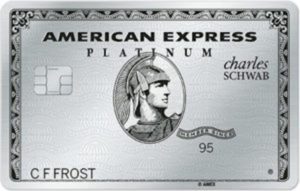
Amex
Things can get really complicated really quickly with Amex. That can be both good and bad. Cashing out fits that bill. While any cardholder can cash out Membership Rewards for a statement credit at 0.6 cents per point, that’s generally considered a bad move. So much value can be obtained elsewhere, whether for cash or travel. Let’s dive in to the extra value and complications.
By picking up the Amex Schwab Platinum, cardholders can cash out Membership Rewards at 1.1 cents per point to their Schwab accounts via the Invest with Rewards benefit. Of course, that perk comes with a substantial $695 annual fee. Morgan Stanley Platinum cardholders can cash out at 1 cent per point. Business Platinum cardholders can redeem to their Amex business checking account at 1 cent per point. Anyone with an Amex checking account (business or personal) can redeem for 0.8 cents per point.
Many earn enough Membership Rewards points at scale to easily justify the Schwab Platinum’s $695 annual fee without taking into account any of the cards other benefits. Lower point earners can possibly justify the Schwab if they highly value Platinum benefits.
Annual Cost For Optimal Cashout: $695
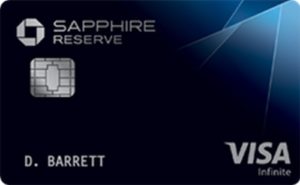
Chase
Finally, Chase convolutes things in a different way with cashing out Ultimate Rewards. Their Pay Yourself Back feature enables cardholders to erase certain category charges with statement credits, and the categories are subject to change quarterly.
DoC has the full list of participating cards and categories, but the sole method I’m covering here is the vastly superior one via the Chase Sapphire Reserve. Currently, the Reserve offers cardholders the option to cash out Ultimate Rewards at 1.25 cents per point on charges at grocery stores, gas stations, restaurants, and the card’s annual fee. Individuals can also redeem points for select charities at 1.5 cents per point. The Reserve currently sports a $550 annual fee.
But the fees don’t end there. Unlike Amex and Citi, cashing out via Chase’s Pay Yourself Back feature requires additional spend. Enter one of the more overused terms in our hobby – opportunity cost. In order to cash out at grocery stores, gas stations, and restaurants, Chase Sapphire Reserve cardholders only earn 1x/1.25 cents on those purchases. Meanwhile, they could’ve been earning 3x/3 cents in all of those categories with the Citi Premier or 4x/4.4 cents on the Amex Gold (grocery $25k annually, restaurants), the list goes on. Of course, those cards come with their own annual fees, so cardholders should incorporate those fees, as well. But regardless, we can’t ignore what we’re giving up by spending on the Reserve.
And the above is if you redeem for normal expenses. Those who buy Visa or Mastercard gift cards to cash out incur activation fees there, as well.
Annual Cost for Optimal Cashout: $550 plus 1x PYB earning, more for cash equivalents

Conclusion
I could go on much longer splitting hairs. Bottom line, every individual should crunch the numbers for themselves, incorporating their own goals and card benefit values, to better assess the true cost of cashing out. Some of the card benefits alone can substantially lower or more than make up for card annual fees, but that varies for each individual.
I’m focused most on Amex and Chase currently. My wife and I each hold Schwab Platinum cards and plan to do so indefinitely. Given our earn rate and our preference to cash out all Membership Rewards points, the Invest with Rewards benefit alone more than justifies paying the annual fee. I currently hold a Chase Sapphire Reserve and plan to do so as long as accessible Pay Yourself Back options at 1.25 continue. I cash out all Ultimate Rewards points on normal expenses – the overall value I receive dwarfs the relatively small amount I give up due to 1x earn on that Reserve spending.
Do you cash out the rewards currencies from Citi, Amex, and/or Chase? Which one do you focus most on and why?

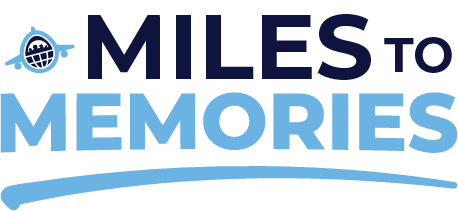

US Bank Altitude Reserve offers an effective 4.5% cashback with an extremely easy redemptions process. You need to use your mobile wallet, or make travel purchases to get the full value. But we use our mobile wallet everywhere, and spend a lot of money on travel. So it works. Literally the only place where we shop that does not accept mobile wallet tap to pay is Home Depot. On the rare occasion that we spend money there, we settle for the default 1.5% cashback. We do this, instead of juggling cards, to keep our lives simple.
There is an annual fee, but most of it is covered by the $325 rebate you get every year for all restaurants spending. For us, that rebate pays us back within a few weeks of the annual fee, hitting our card. While the fee is 400, the additional value offered by the excellent travel insurance. This card gives, as well as the free visits to priority, lounges, makes it almost a no annual fee card for us..
In addition to having the best cashback return rate of any card for general purpose use, this card is also one of the easiest to redeem points. Anytime a travel expense, hits your card, you get a text message from the real time reward system asking if you want to redeem your points. It’s that easy.
In my opinion, this card is better than any card from Chase or Citibank.
A better chase cashout would be the chase aeroplan card 1.25x pyb for any travel, combined with transfer bonuses
great analysis. This is how I value my points.
Thanks for reading, Steven!
I am a little confused with your Chase Sapphire Reserve strategy. If you can get 2% cashback with a card like Citi Double cash, why then generate points on spend worth only 1.25%? Are all your points via card bonus signups?
Presumably you are earning 5x points at office supply stores with an Ink so the 1.5 qualifier is like getting 6.25 when you PYB.
Robertw,
What JoeE said regarding the 5x. I only spend in the 5x categories from multiple Chase Ink Business Cash and Freedom accounts, except for 1x on PYB categories on the Reserve as the cashout mechanism.